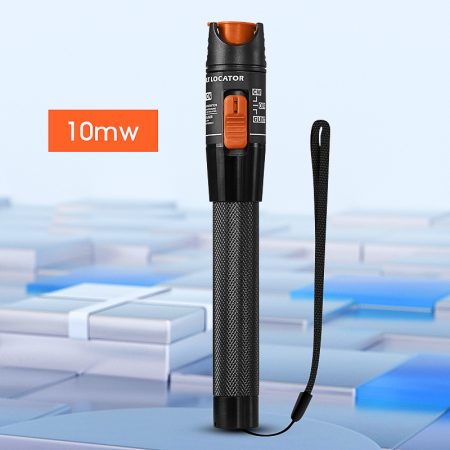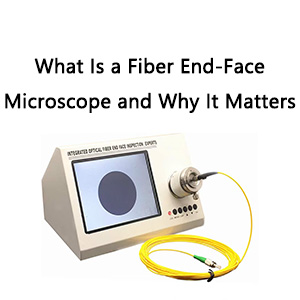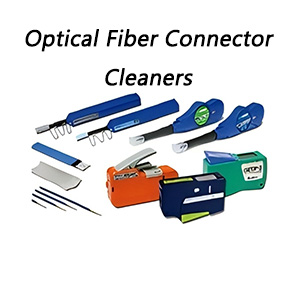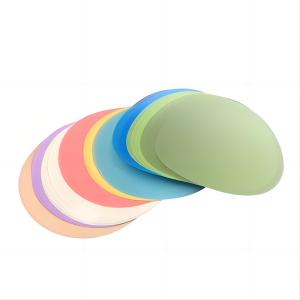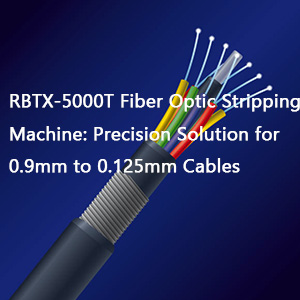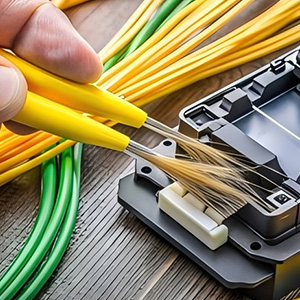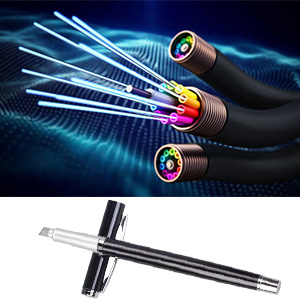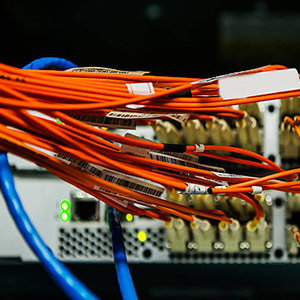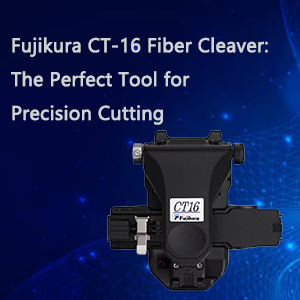Visual Fault Locators (VFLs) are not just a component of the fiber optic cable installation and maintenance toolkit; they are the guardians of seamless connectivity.
The VFL: A Crucial Asset in Fiber Optic Maintenance
A Visual Fault Locator is an indispensable tool for the installation and upkeep of fiber optic cables. It plays a pivotal role in identifying cable issues such as breaks, bends, or wear, especially in single-mode or multi-mode fibers. Given that the light used in these cables is infrared and invisible to the naked eye, VFLs shine by utilizing a high-intensity laser source. This enables us to visualize and diagnose high-loss areas within the cables.
Fiber Continuity Testers vs. VFLs: A Comparative Glance
The distinction between fiber continuity testers and VFLs lies in their light sources. While continuity testers rely on visible LEDs, typically red or green, VFLs employ a powerful red laser diode. Continuity testers provide a basic assessment, indicating whether light traverses the cable. VFLs, however, offer a detailed analysis, pinpointing the exact locations of loss due to poor connections or bends, eliminating the need for additional diagnostic tools.
The Working Principle of VFLs
VFLs operate using a high-power red laser diode that sends light through the core of the optical fiber. This light can travel significant distances, allowing us to trace its path and identify areas of high loss. Primarily designed for short-range cables up to a few kilometers, VFLs complement OTDRs, especially in areas where OTDRs encounter dead zones.
Diversity in Visual Fault Locators
VFLs come in various forms and functionalities. They are categorized into contact and non-contact types. Contact VFLs require direct physical contact with the fiber, while non-contact VFLs do not. Commercially, three main types of VFLs are recognized:
- Pen-style VFL: Compact and portable, this contact VFL is ideal for on-the-go testing.
- Hand-held VFL: Also a contact type, it offers versatility with various connector options, from specific to universal types.
- Portable Visual Fiber Fault Locator: A non-contact VFL designed to identify faults in short-range cables used in LAN, ATM, FDDI, and telecommunication networks.
Key Performance Parameters of VFLs
- Output Power: Crucial for the VFL’s range, with higher power allowing for longer distance diagnostics.
- Fiber Distance: The maximum cable length within which VFLs can effectively identify issues, typically around 5km for single-mode fibers and 10km for multi-mode fibers.
- Wavelength: The operational range of 635nm to 670nm for VFLs.
- Modulation Frequency: A blinking light is often preferred over a steady one, as it aids in more efficiently spotting defects.
Conclusion: VFLs – A Diagnostic Marvel
Visual Fault Locators are quintessential for the installation, testing, and maintenance of fiber optic cables. They locate a myriad of defects, from breaks and cracks to bends in poor fusion splices. By making the invisible visible, VFLs empower technicians to diagnose and resolve issues swiftly. Their ability to integrate with OTDRs and illuminate dead zones makes them an invaluable asset, enhancing productivity and ensuring the integrity of fiber optic networks.

